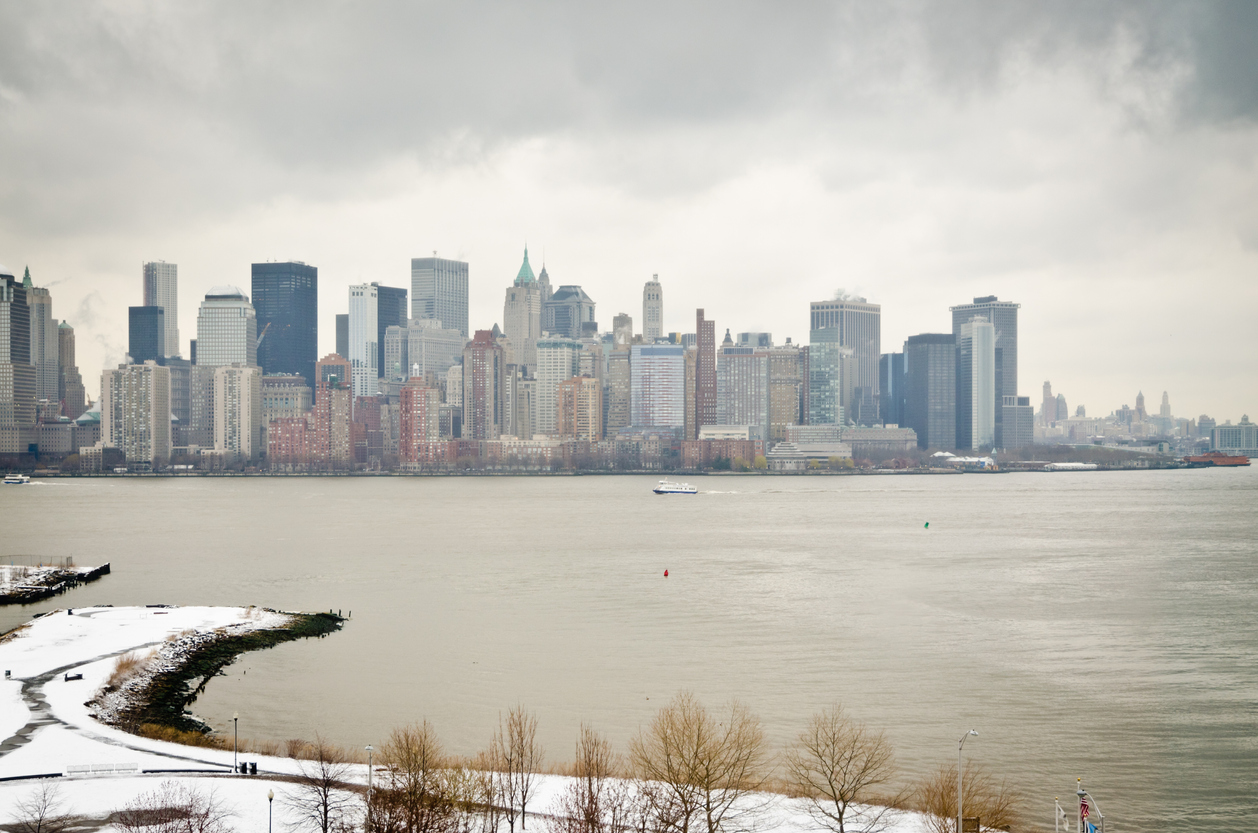As we discussed in our previous blog post, there is no doubt that a recession is inevitably on its way. That shouldn’t come as a surprise to anyone since economic slowdowns are cyclical. What goes up must eventually come down, and what goes down, will eventually go back up.
If you’re thinking of investing in real estate during a period of recession, it’s important to understand what the down cycle, or the Recession and Recovery phases, of the real estate cycle, look like in order to better comprehend how to find a profitable investment as well as to gain an understanding of the risks you’ll undertake when investing in a down economy.
The Recession Phase:
The Recession phase of the real estate cycle is one that is marked by oversupply in the market. Developers become too impulsive about opportunities in the market, and begin to over-develop, thus leaving a glut of supply left unsold. During times of recession, prices begin to drop, demand for rental properties and employment levels decline, while new construction plummets.
It is during this phase that we see the highest levels of foreclosures as well as businesses closing their doors because there is not as much money circulating around the economy. Lower employment rates lead to less money in consumers’ pockets meaning consumers will not be able to spend as much on disposable income for unnecessary goods.
While this phase could be a nightmare for many, for those opportunistic investors with enough liquid capital to invest, it could be a great opportunity to take advantage of a poor economy. During the expansion phase of the real estate cycle, these investors reposition the distressed properties that they bought and then sell them for a worthwhile return. However, before you take the plunge, make sure you have enough liquid capital in reserve just in case you have a tough time renting your property.
The Recovery Phase:
The Recovery phase, following the Recession phase in the cycle, is when the real estate market has finally hit its lowest point. Unemployment and foreclosure rates remain high, while real estate prices begin to stabilize. Additionally, it is during this phase that vacancy rates start to decline, while new construction projects commence.
The most desirable types of properties to invest in during the recovery phase are value-add properties. These are the types of investments that we typically look for here, at CFM Development. Value-add properties often entail medium to high risk but can generate great returns if the added value will cause the market to also assign a loftier assessment to the property.
If during the expansion phase, you can find a value-add property for a great price and can improve the asset to make it more competitive, you can likely generate profitable returns after holding it for several years.
Investing in real estate has generally been regarded as a safe option when economies start to falter, although, investing without an understanding of the market can be detrimental to your finances. So when the recession does eventually hit, and we know that it’s coming because it’s all part of the cycle, do your homework, and be prepared to invest. It can be a great secondary income to help with finances when the economy starts to fall.

